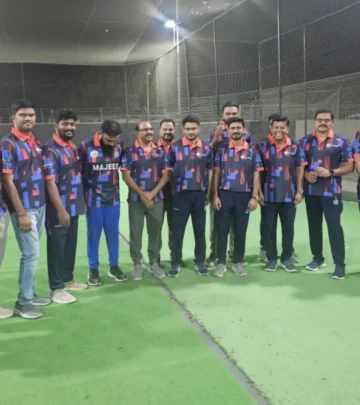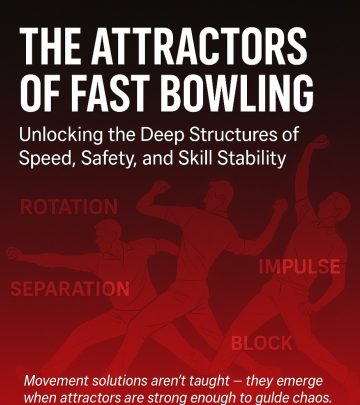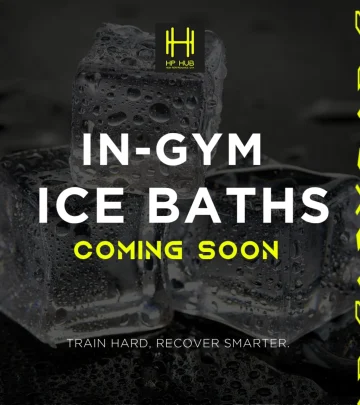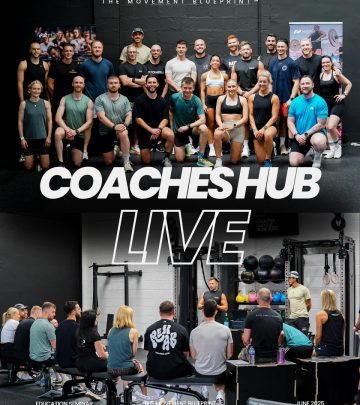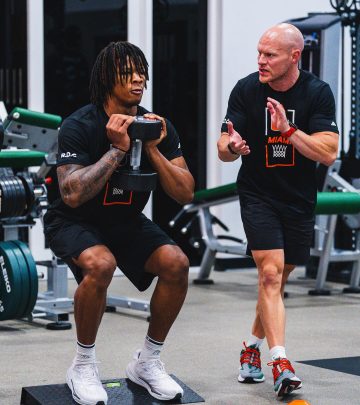Core Training Boosts Athletic Speed
Stabilize, rotate & transfer power with Demetrius Baker’s athletic core training method up
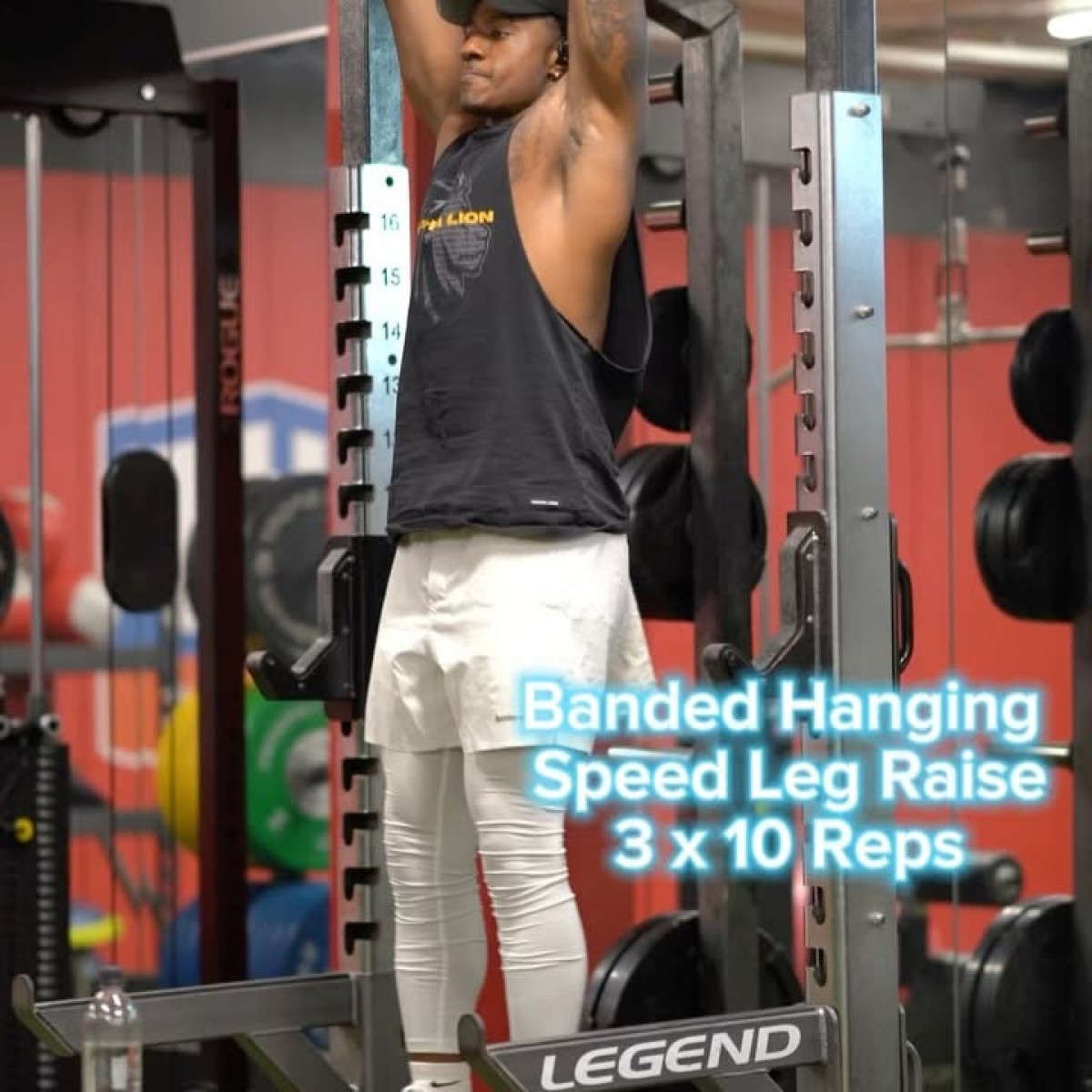
Image: Instagram
In a recent Instagram post that has caught the attention of athletes and trainers alike, renowned fitness influencer Demetrius Baker (also known as @athletic_aesthetics) shared his approach to unlocking speed through intensive core work. Emphasizing that “your legs don’t create speed — your core delivers it,” Baker explained that true explosive power emerges when an athlete develops a stable, rotating trunk that efficiently transfers force through the body. His message is clear: speed-based core training is not just about aesthetics but is key to real performance gains.
Core As The Powerhouse
Baker’s post outlines three fundamental components to his regimen. First, he promotes a speed-based core workout where stabilization is central. According to him, if you can’t stabilize, you leak energy and lose out on sprint efficiency. The second aspect he highlights is rotational strength, which is crucial during quick directional changes that typify sport performance. Finally, he insists that transferring power through the trunk is what ultimately turbocharges your sprint. By combining these elements, Baker asserts that athletes can move like true competitors, where every drill is designed to translate to faster times on the track or better performance on the field.
The post, accentuated with dynamic imagery of Baker executing core exercises, encourages viewers to interact with his content by dropping the word “SPEED” in the comments. In return, he offers a complimentary Core Training PDF that provides additional details on his training method. This kind of call-to-action not only engages his audience but also positions his training philosophy as accessible and practical. It is a win–win: followers get expert advice directly from a seasoned coach, while Baker continues to cement his authority in the fitness and athletic performance arena.
Speed Training Fundamentals
For Baker, the core does more than support the body—it acts as the engine that drives speed. His approach underscores the point that without a strong core, athletes risk wasting the energy generated by their lower limbs. Several trainers echo this philosophy, arguing that core strength is the foundation upon which all athletic performance is built. Baker’s message resonates with many who have traditionally focused on leg work, reminding them that without adequate trunk stabilization and coordinated movements, legs alone cannot deliver the necessary burst of force vital for high-speed performance.
Integrating stability and rotation into core exercises, Baker’s method reflects a broader trend in athletic training that values functional movement over isolated muscle development. His technique encourages athletes to focus on fluid, controlled motions that train the body to work as a cohesive unit. This not only contributes to faster sprints but also helps reduce the risk of injury by ensuring that excessive strain is not placed on any single part of the body.
Baker’s post sits comfortably alongside his other posts that champion similar themes. In previous updates, he unveiled new speed systems and showcased lateral medicine ball drills, hip mobility flows, and explosive lower-body workouts. Each of these routines builds on the principle that athletic performance thrives on a harmonious blend of strength, stability, and mobility. For instance, one earlier post detailed a four-week speed system incorporating plyometrics, sprint mechanics, and power days—measures that complement his core training approach by fostering explosive first-step quickness and robust running form.
The overarching message from Demetrius Baker is that speed is a skill that can be trained and honed, not merely a genetic lottery. His training philosophy demystifies the process, suggesting that consistent, focused work can help even slower athletes unlock their full potential. As the current landscape of athletic training shifts toward more sustainable and functional methods, Baker’s emphasis on core work offers a refreshing reminder of what truly propels speed: a well-trained, powerful core that acts as the body’s stabilizing fulcrum.
This focus on core strength transcends aesthetics. While a toned midsection might catch the eye, it is the underlying stability and power transfer that translates into measurable performance improvements on the field or track. In an era where digital content and free training PDFs fly across social media, Baker’s interactive approach—encouraging viewers to comment for personalized training tips—serves to demystify the process and democratize speed training.
By drawing attention to underappreciated training elements, Demetrius Baker is not only redefining speed training but also inspiring a new generation of athletes to look beyond traditional leg workouts. His method, marked by precision and functional design, underscores that when the core is strong, the entire body benefits, turning ordinary movements into explosive athletic performance.
Ultimately, Baker’s post is more than a training tip; it is a reminder that real athleticism is built from the inside out. For anyone serious about improving their performance, taking a hard look at core training may be the missing link to unlocking faster, more powerful movement on game day or during a sprint race.
Read full bio of Manjari Uppal













